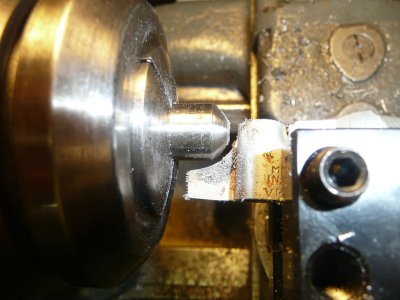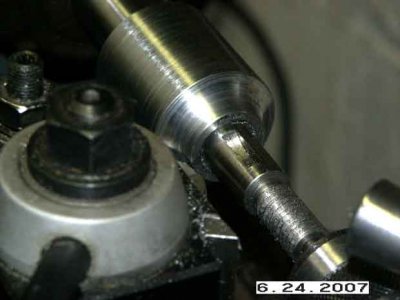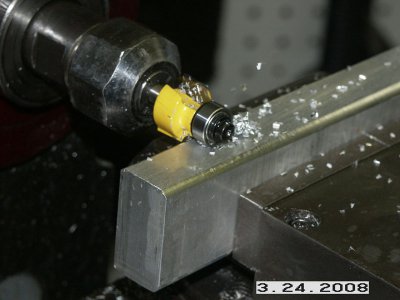The bit I used was just an old carbide-tipped dovetail bit, 1/4" shank, that I had laying in a box under the router table. I don't have any of the old HSS router bits to try out but if I ever find some cheap at a garage sale I'll grab them. I don't use any coolant - not because I know it's better dry or anything, it's just that I have no clue because my total milling time is less than 20 hours so I'm still willing to try anything once. I still haven't looked under the hood to see what the speed is set at but it's probably right in the middle of whatever the 12 speeds the Enco mill-drill came with.So are all the tools all carbide? Or did you guys use some HSS too? And did you use any kind of coolant?
Bob
I'd like to see pics if anyone gets a roundover or fancy profile bit to work. That would open up so many possibilities.




